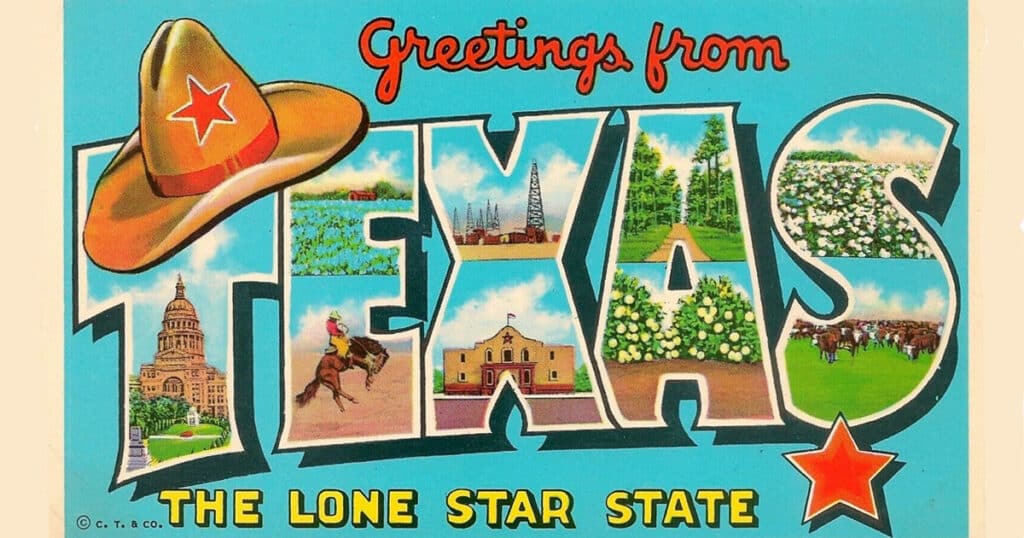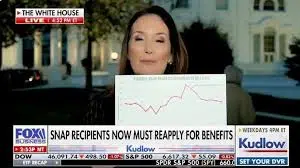
American Peronism: Kamala Harris’ Economic Plan to Ruin the US
Price controls, higher taxes, government intervention, and subsidies paid for by printing a constantly devalued currency. These are the essential pillars of “21st-century socialism” and of the radical left ideology of Peronism that obliterated Argentina. These are also the main elements of the economic plan presented by Kamala Harris and the Democratic Party. Undoubtedly, this is the most radical socialist economic plan ever announced by the Democrats.
According to the Committee for a Responsible Federal Budget, Harris’ proposals will cost $1.95 trillion over 10 years. However, it emphasizes that if certain measures become permanent, this figure could increase to $2.25 trillion.
The Harris campaign has stated that these costs will be offset by a classic excuse of socialism in any election: “higher taxes on corporations and high earners.” This is, obviously, ludicrous, because there is no revenue measure that will cover the already bloated $2 trillion annual deficit and the added $2 trillion from Harris’ proposals.
Increasing the corporate tax to 28% will cripple small businesses and reduce investment, while the large corporations that Harris attacks can move parts of their business to other nations. This would bring the United States to one of the highest business tax burdens in developed nations. The worldwide average statutory corporate income tax rate is 23.45%. Ironically, Harris boasts about record tax receipts in 2024 using the Trump tax rate. In her own proposal, Harris admits that increasing the corporate rate tax would harm the economy.
Why, if not, has she lowered it from her 35% proposal of 2020? Furthermore, the optimistically estimated revenue boost of $800 billion in a decade, which is more than debatable, does not even scratch the surface of her $2.25 trillion expenditure added to the $2.6 trillion deficit expected by the Congressional Budget Office for 2035.
The mantra of “higher taxes for the rich” always means higher taxes and more inflation, a hidden tax, for you.
The Congressional Budget Office has already warned of the fiscal disaster of the United States, with an annual deficit of 6% of gross domestic product. Despite not accounting for a recession and projecting record tax revenues from 2024 to 2034, the CBO predicts an explosion in the budget deficit from $1.9 trillion to $2.8 trillion by 2034, even before factoring in Harris’ new spending plan. This means that the adjusted deficit will rise above 6.9% of GDP by 2034, almost twice the average of 3.7% over the previous 50 years.
Following the Harris plan, the United States public debt will likely increase by $24 trillion in a decade. As I have explained, there is no set of revenue measures that can bring $2 trillion per year in additional tax receipts, and tax hikes will harm both investment and growth.
An economy that generates an annual deficit of 6% of GDP to achieve a mere 2% annual growth is already on a dangerous path, and Harris’ plan would make it even worse.
Harris promises to cut inflation by spending and printing more money, reducing competition, and attacking businesses. It has never worked and never will, because it is upside-down economics. Welcome to the U.S.’ “Peronism.”
Former Argentine President Juan Perón instituted a form of socialism that bankrupted Argentina and threatens to devastate the U.S., as well.
Imagine all those United States citizens who have escaped Latin American or European economies impoverished by interventionism to find a better opportunity in the United States only to find that the same policies will be implemented by Harris.
The narrative of price gouging and greedflation that drives American Peronism is simply false. In 2023, profit margins in the grocery industry hit the lowest level since 2019, at 1.6%, according to the International Monetary Fund. Corporations, even if they were stupid and reckless, cannot make all prices rise constantly. Competition would eat away at their market share; newcomers would eliminate them, and aggregate prices would fall.
Furthermore, stores and businesses cannot make aggregate prices soar, maintain the increase, and consolidate it, which is the measure of inflation (the consumer price index) we read every month. The only thing that can make all prices rise and continue increasing at a slower pace is printing money and eroding the purchasing power of the currency.
The only thing that can make aggregate prices rise constantly is the destruction of the purchasing power of the currency, which comes from massive government spending and printing currency to disguise fiscal imbalances.
Harris and her team know that their spending plan will make the national debt soar and that price controls do not reduce prices. In fact, these should not be called “price controls” but “limits to competition.” If corporations were the cause of inflation and price controls were the solution, Peronist Argentina would have enjoyed the lowest inflation in the world in the past decades.
Harris’ proposals to forgive debt are profoundly anti-social. They do not forgive any debt; they just add it to the national debt and make you pay for it. This enormous increase in public debt will be a burden for every American, particularly the poorest, with persistent inflation and lower real wages. U.S. citizens have already endured negative real wage growth since January 2021, when Joe Biden took office, according to the Federal Reserve of St Louis. Expect worse.
Why does Harris promote the same policies that have failed everywhere? Promising free stuff and blaming others for the negative consequences is the defining strategy of socialist politicians.
Are you surprised to see how Germany, France, and other historically rich nations slump into stagnation, high debt, persistent inflation, enormous taxes, and the destruction of the middle class? Those policies are what Harris is promising. Who benefits? The vast government and its surrounding corporations reap the benefits.
Many people hold the belief that a nation cannot be considered socialist if it contains private companies. This argument makes no sense. State control does not limit itself to capital ownership but also to the imposition of increasingly restrictive laws, regulations, and confiscatory taxes. In fact, the government likes to absorb most of the wealth created by the private sector without the inconvenience of managing the businesses.
Economist Jesús Huerta de Soto defines socialism as “any system of institutional, methodical aggression against the free exercise of entrepreneurship” and that is precisely what Harris promises.
Higher taxes and more debt.
The government will print money to provide subsidies in a currency that is constantly losing value. It will blame stores and businesses for inflation. Interventionist policies will continue to erode the private sector. And they will repeat.
The makers of these policies are aware that they will negatively impact the economy, yet they will also engender a significant number of enslaved citizens who rely on the government and must abide by its decisions. Voters see an alleged tsunami of free money but ignore the fact the fact that they will pay for it through higher inflation, lower real wages, and diminishing opportunities for small businesses and families.
The Harris team believes deficits do not matter and that the Federal Reserve can always disguise any budget imbalance. However, cracks have already appeared. Persistent inflation is the consequence of years of excessive spending and monetization, as it was in Peronism. The next step is the risk of losing the U.S. dollar as the world reserve currency when the world stops accepting the ever-increasing debt.
Harris’ plan is anti-growth. Her main advisers do not even disguise it. There is not a single pro-growth policy in the plan announced.
There is nothing more anti-social than to destroy the purchasing power of the currency and accumulate trillions of dollars in debt. Big government has led to big debt and diminishing opportunities for small businesses and families. What the United States needs is a pro-growth plan, smaller government, sound monetary policy, and lower taxes.



